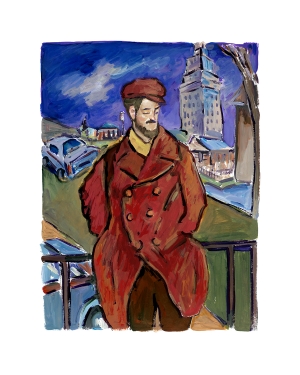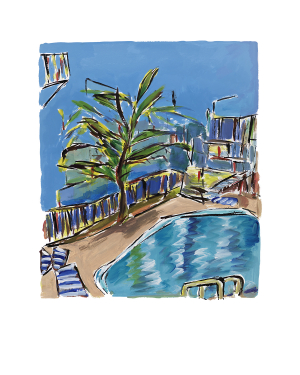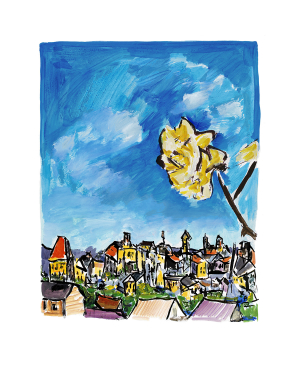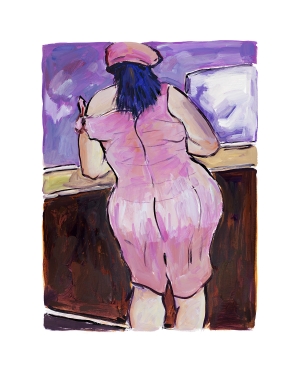Bob Dylan

Title - Man On A Bridge
Medium - Limited Edition Graphics
Size - 22 x 27.5 inches
Edition - Edition of 295
Price - £3500.00
Title - Motel Pool
Medium - Limited Edition Graphics
Size - 22 x 27.5 inches
Edition - Edition of 295
Price - £3250.00
Title - Rose On A Hillside
Medium - Limited Edition Graphics
Size - 22 x 27.5 inches
Edition - Edition of 295
Price - £3500.00